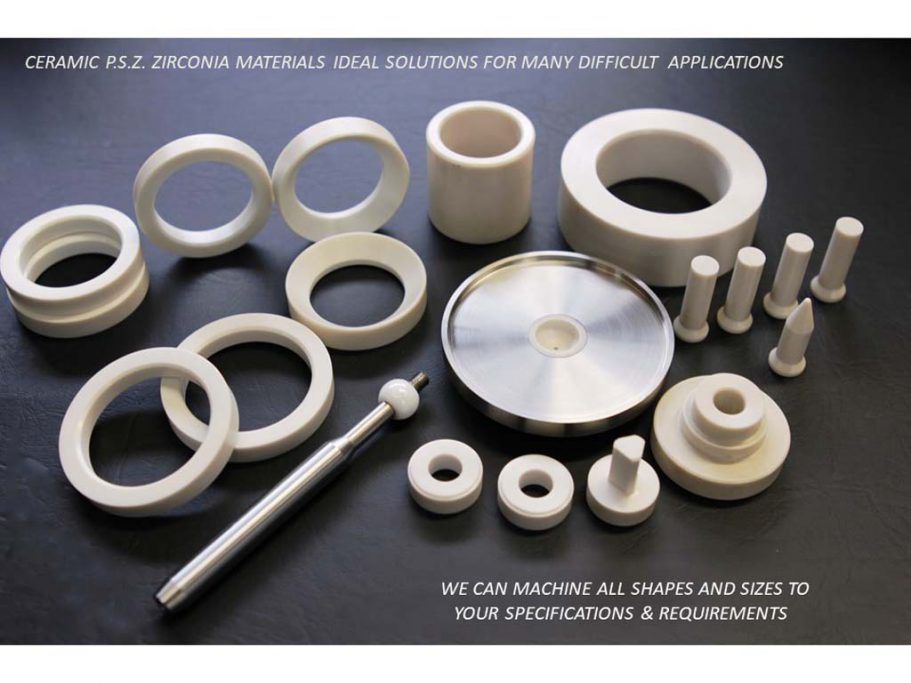Zirconia Grinding Media: How PSZ Boosts Industrial Milling Efficiency
23 August 2024

Know the power of Zirconia grinding media, particularly Partially Stabilised Zirconia (PSZ). Enhance industrial milling efficiency with Amon Engineering.
Zirconia grinding media has revolutionised the industrial milling landscape, offering unprecedented efficiency and durability in grinding applications across various sectors. As manufacturers seek to optimise their processes and reduce operational costs, Partially Stabilised Zirconia (PSZ) has emerged as a game-changing material for grinding media.
The Rise of Zirconia Grinding Media
Traditional grinding media, such as steel balls, have long been the standard in industrial milling. However, the advent of zirconia grinding media, particularly PSZ, has set new benchmarks for performance and longevity. Zirconia, a ceramic material known for its exceptional hardness and wear resistance, offers several advantages over conventional grinding media.
The Role of Grinding Media in Industrial Milling
Grinding media are the crucial components within milling equipment that break down materials into finer particles. Their properties significantly impact the efficiency and outcome of the milling process.
PSZ: The Superior Choice
Partially Stabilised Zirconia stands out among ceramic grinding media due to its unique properties. PSZ is created by adding stabilising oxides to zirconia, resulting in a material that combines toughness with wear resistance. This combination makes PSZ zirconia grinding media ideal for various milling applications, from fine grinding in the pharmaceutical industry to heavy-duty mineral processing.
Key Aspects of PSZ
Zirconia grinding media, particularly partially stabilised zirconia, plays a crucial role in enhancing industrial milling efficiency due to its unique properties. Here are the key aspects of how PSZ contributes to improved performance in milling processes:
• Durability and Longevity: Zirconia grinding media is known for its exceptional hardness and resistance to wear. This durability allows it to effectively break down tough materials without chipping or cracking, which is a common issue with other media types like steel or ceramic. As a result, zirconia can sustain its grinding capabilities over extended periods, leading to fewer replacements and less downtime in production.
• Enhanced Milling Efficiency: The density and hardness of zirconia grinding media enable it to achieve finer particle sizes more quickly than softer alternatives. This efficiency translates into reduced milling cycles, saving both time and energy. The robust nature of zirconia means that less energy is required to achieve the desired results, making it a cost-effective choice for high-efficiency milling operations.
• Chemical Stability and Purity: Zirconia grinding media is chemically stable and does not introduce contaminants into the milled products. This is particularly important in industries requiring high purity, such as pharmaceuticals and food processing. The absence of metallic residues ensures that the integrity of the product is maintained throughout the milling process.
• Versatility in Applications: Zirconia media can be utilised in various milling applications, from coarse grinding to fine milling. The ability to select appropriate sizes and shapes of zirconia media allows for optimization based on specific milling needs, enhancing overall operational efficiency.
The adoption of zirconia grinding media, particularly PSZ, represents a significant leap forward in industrial milling technology. Its ability to boost efficiency, reduce costs, and improve product quality makes it an invaluable tool for manufacturers across various sectors.
Optimized by www.NetwizardSEO.com.au
